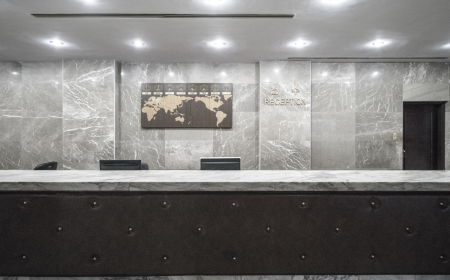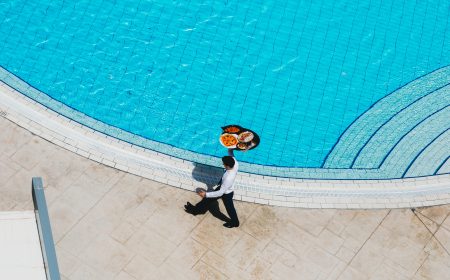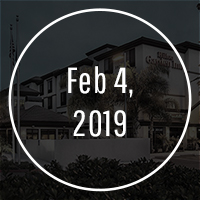The New Hospitality Reality in 2013
The venerable institution of hospitality has been turning around over the past two decades. The combined impact of shifting demographics and new technologies are the primary catalysts for this metamorphosis. The Internet provides consumers an opportunity to think of the hospitality industry components as commodities. Hotels, restaurants, spas and alike have been lowering prices to gain a competitive advantage.
A Quick Summary of Hospitality Pricing
Revenue management is the set of techniques that determine which reservation requests to accept and which to reject to optimize revenue. The principles of revenue management had their origin in the airline industry back in the 1970s, but the concepts are equally applicable to hotels, restaurants, attractions and recreation venues.
The airlines used mergers and supply constraints to avoid the commoditization dilemma.
They simply owned the routes they wanted and pulled aircraft off the runways, which in turn filled flights. Hotel brands, led by Marriott and Hilton in the 1980s and 1990s, delivered a myriad of new brands such as Homewood Suites by Hilton, Hilton Garden Inn, Residence Inn by Marriott and Courtyard by Marriott. By the 21st century, every major hotel company had a verticality of brands from budget to full-service hotels. Online Travel Agencies, (OTAs) began to sell hotel product at deep discounts and this led the brands to negotiate fees with the OTAs.
Restaurant chains, from fast food to quick service to fine dining began price wars and attractions began pricing that included pay for a day, come for a year. It is time for the industry to price based on value perception and not price.
Know your Customers’ Behavior and Decision Process
Restaurants that price a la carte such as steak or seafood dinners for $39 with no appetizer and no dessert must win with popularity, location and high quality. That takes hard work and some luck with today’s fickle consumer.
Packaging is the answer to the commoditization conundrum.
The large amount of demographic and psychological information available about the make-up of today’s traveler and hospitality user requires analytical skills and creativity to correctly respond to the marketplace.
The MMGY Global/Harrison Group 2012 Portrait of American Travelers provides detailed information on consumer wants and needs today.
Product choices by consumers are influenced by a model of the consumer decision process. There are several risks that hospitality executives must overcome to achieve success in the marketplace:
- Performance Risk – the chance that the product may not satisfy the consumer
- Financial Risk – the monetary loss from a wrong decision
- Physical Risk – the likelihood of illness or injury to a guest/consumer
Loyalty to a chain is a major factor in product choice by consumers. Airlines, hotels, restaurants, spas and many attractions allow guests to accumulate points that may be exchanged for free passes, guest stays and meals. The consumer’s perception of the hospitality company and what it stands for is paramount to the success of the venture. Product quality must be exceptional, service must be at the level of “wow” and there must be a compelling value proposition for the consumer to choose your business.
Sample Formulas for Success
My father, Richard A. Rauch, Ph.D. created a multivariate model of consumer behavior that applies here in part. As such, I am borrowing key facets of this model from his work in the field of retailing in the 1990s:
A = B x W x N
A – Attitude toward the business
B – Belief of a consumer that the business possesses a particular desirable attribute
W – Weight of importance of the attribute to the consumer
N – Number of attributes important to consumers
Recently, at a conference hosted by Hotel Interactive, I listened to a presentation by Martin Sklar, former President of Walt Disney Imagineering. He told us about Mickey’s Ten Commandments and they hold true today:
- Know your audience
- Wear your guests’ shoes
- Organize the flow of people and ideas
- Create a visual magnet
- Communicate with visual literacy
- Avoid overload – create turn-ons
- Tell one story at a time
- Avoid contradictions – maintain identity
- Ounce of treatment – ton of treat
- Keep it up (maintain it)
Martin added some more comments like “leadership is earned and must be exercised daily” as well as “be optimistic because if you are not positive, who will be?”
In Conclusion
At the end of the day, we must be creative by packaging our assets in such a way to appeal to as many guests/consumers as possible. As my hotel school marketing professor, C. DeWitt Coffman once said, “marketing is finding the wants and needs of people and selling it at a profit.”
2013 will be a great year for the hospitality industry but it will leave some behind. Don’t be one of them!
Robert A. Rauch, CHA







